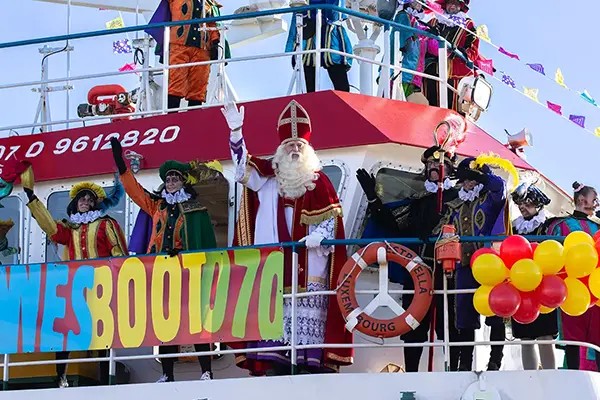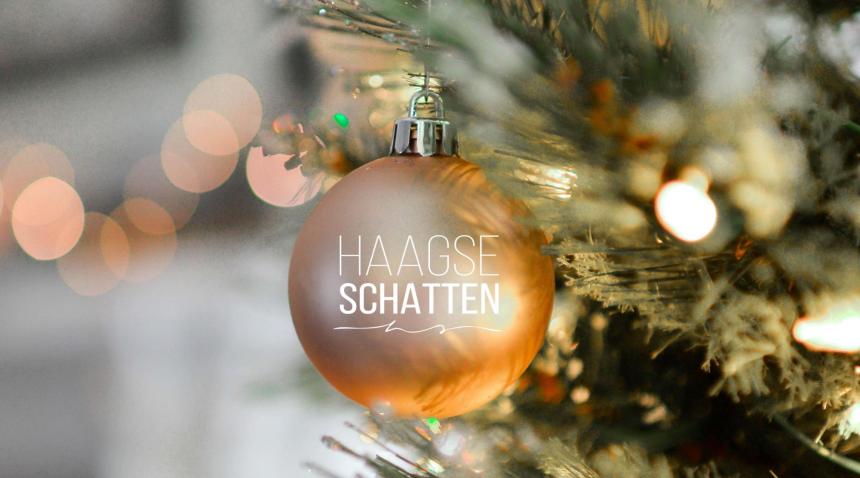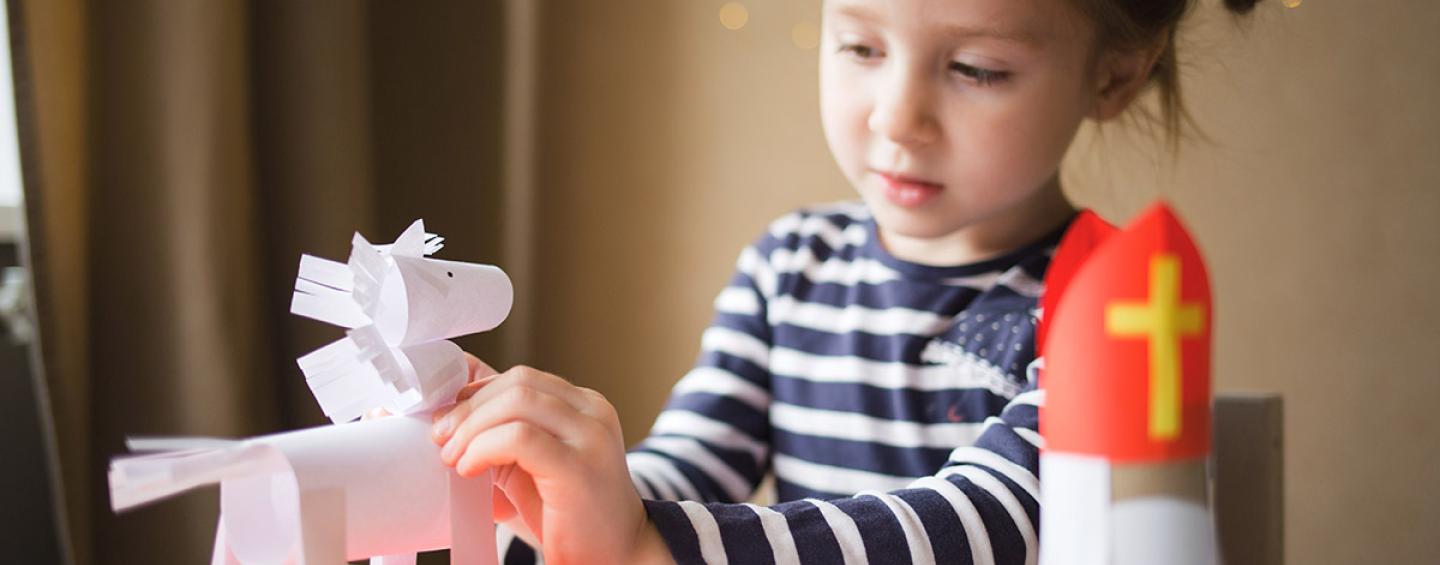
Celebrating Sinterklaas for beginners
If you have children living in the Netherlands, you will likely have heard about Sinterklaas. It is the most popular children's holiday in the Netherlands. Who is Sinterklaas? How do the Dutch celebrate Sinterklaas, and what can you do as a parent? Here is everything you need to know when celebrating Sinterklaas as a beginner!
Who is Sinterklaas?
Sinterklaas is based on the historical figure of Saint Nicholas who lived in the 4th century and was the bishop of Myra in present-day Turkey. He was seen as the patron saint for children.By the late Middle Ages, his death on 6 December was commemorated annually. The commemoration took on a celebratory nature and has shifted to the night before the 6 December.
Nowadays, Sinterklaas arrives in Flanders and the Netherlands in November from Spain – it is widely believed that Spanish sailors brought the legend of Sinterklaas to the Netherlands – to prepare for the special celebrations on 5 December.
Sinterklaas and his white horse have also been associated with the pagan legend of the Germanic god Wodon (Danish god Odin), an all-powerful deity who was believed to fly through the air on a magic horse each December on the winter solstice, the shortest day of the year.
How do the Dutch celebrate Sinterklaas?
De intocht
Sinterklaas (who lives in Spain) arrives by boat with his helpers, the so called ‘Pieten’ on a Saturday mid-November, every year in the harbour of a Dutch City. The official arrival place (also broadcasted on national television) varies from year to year. This celebration is called ‘De intocht van Sinterklaas’. Of course, Sinterklaas also ‘arrives’ throughout the whole country during that weekend. Here in The Hague, Sinterklaas arrives each year in the harbour of Scheveningen and then makes a big riding tour on his fellow horse throughout the city of The Hague. It is a colourful tour, filled with Pieten, music and the traditional Sinterklaas candy ‘pepernoten’. The festivities begin the day Sinterklaas arrives in the Netherlands! Leading up to 5 December, children can watch Het Sinterklaasjournaal, to receive daily news on the adventures of Sinterklaas and his Pieten.
The celebrations – Three weeks of festivities
After his arrival in the Netherlands and the three weeks before his birthday, Sinterklaas rides his magical white horse 'ozosnel' across roofs at night and placing small gifts ‘schoencadeautjes’ (shoe gifts) and sweets in well-behaved children’s shoes. It is customary for kids to sing a Sinterklaas-song and to leave a shoe out with a carrot for the horse at nighttime by the fireplace. In the morning the kids hope to find a nice gift or a chocoladeletter in their shoe! A ‘chocoladeletter’ is another typical Sinterklaas treat. This letter which children receive is made from chocolate and is usually the first letter of the children’s (and adults ;)) first name. Sinterklaas also has Het Grote Boek (Great Book), which has a report on all children: whether they have been 'good' or 'bad' this year.
Parents will be very busy buying and wrapping gifts from the day Sinterklaas has arrived. When your kids put their shoe at night (while singing Sinterklaas songs), you can leave a small present or some sweets in there after they have gone to bed. The next morning, tell them that Sinterklaas has visited and left something for them in their shoe because they have been good this year.
During these two weeks, Sinterklaas can pop up on the streets, but also on schools, and in TV shows and movies. Het Sinterklaasjournaal, is probably the most popular show among kids. In this daily news flash, we follow the adventures of Sinterklaas and his Pieten until the birthday of Sinterklaas on December 5th. It can be useful to let your child watch Het Sinterklaasjournaal as a lot of his friends at school, and maybe even his teacher might talk about it.
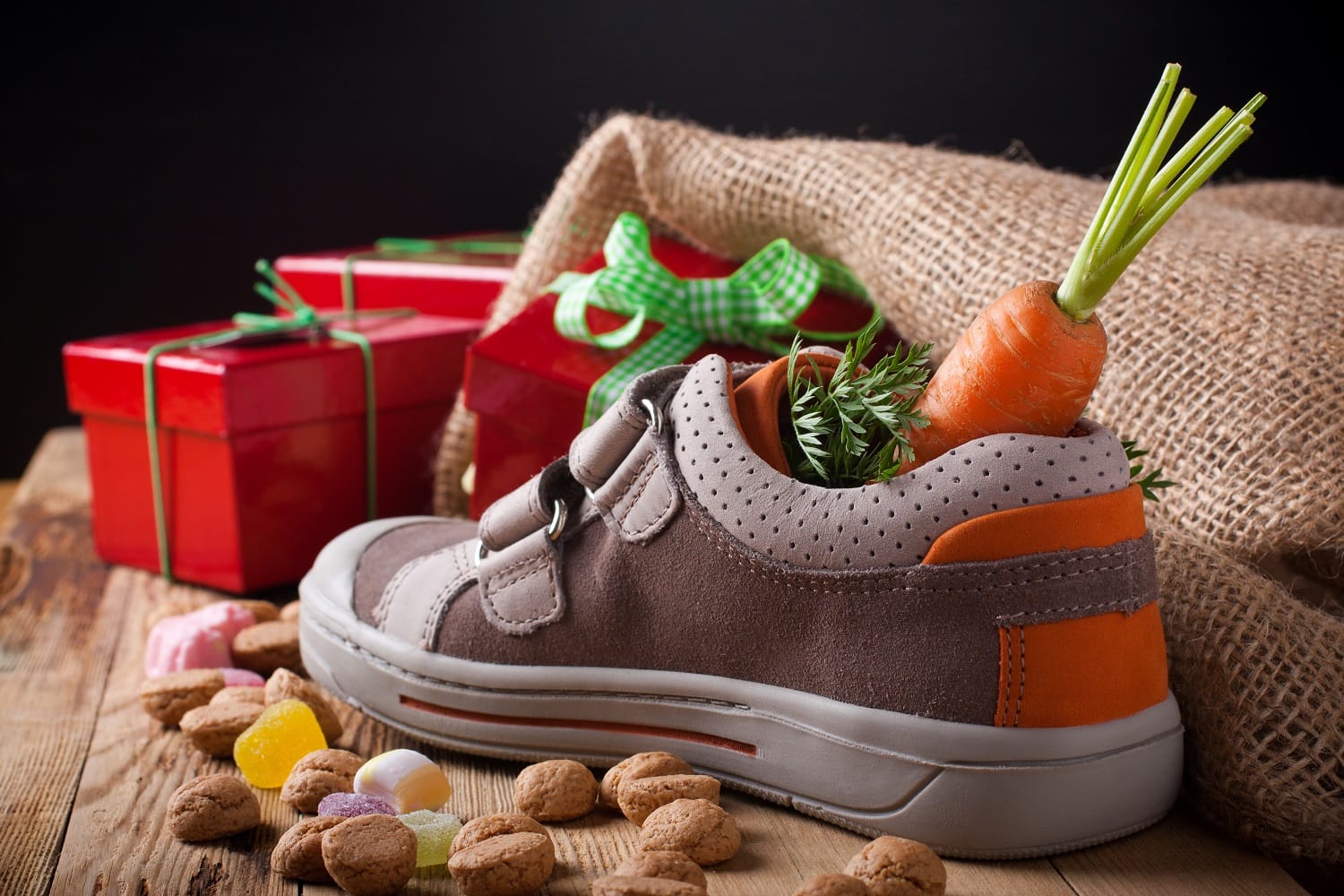
Pakjesavond
On 5 December, Sinterklaas ends with 'Pakjesavond' (Gifts evening). On Pakjesavond, children impatiently wait for Sinterklaas to knock on their door. Although 'Sint' will usually be gone by the time they answer, a burlap sack full of gifts will await them on their doorstep. Following Sinterklaas' visit, each member of the family takes turns handing out presents to the others and unwrapping them. Names are printed on each gift, and almost every present is accompanied by a humorous poem about the gift's recipient, sometimes teasing them about their good and bad habits. To celebrate, Sinterklaas and his Pieten bring besides the presents, also pepernoten, marzipan candies and chocolate letters to the children, but sometimes also to the older ones. This day is typically marked by Sinterklaas music, poetry, and presents.
Adults also celebrate Sinterklaas amongst each other, usually with the so called 'surprise'. A surprise is a handmade, often humorous or symbolic gift wrapping that hides the actual present inside. It’s not just about the gift itself—it’s about the effort and imagination put into crafting something unique and personal. People usually draw names in advance, so each person secretly prepares a surprise for someone else. Along with the surprise, a funny or heartfelt poem is written, often teasing the recipient about their habits, hobbies, or recent experiences. This tradition adds a playful and personal touch to the celebration, making it a favorite among families, friends, and colleagues.
On Pakjesavond there are usually no fancy dinners, but most families enjoy 'gourmetten'. Gourmetten is a fun, interactive way of dining where everyone sits around a small tabletop grill and cooks their own food in tiny pans. It usually includes a variety of meats, vegetables, sauces, and bread, so everyone can prepare their favorite combinations. This style of eating creates a relaxed and festive atmosphere, perfect for an evening filled with laughter, gift exchanges, and Sinterklaas surprises.
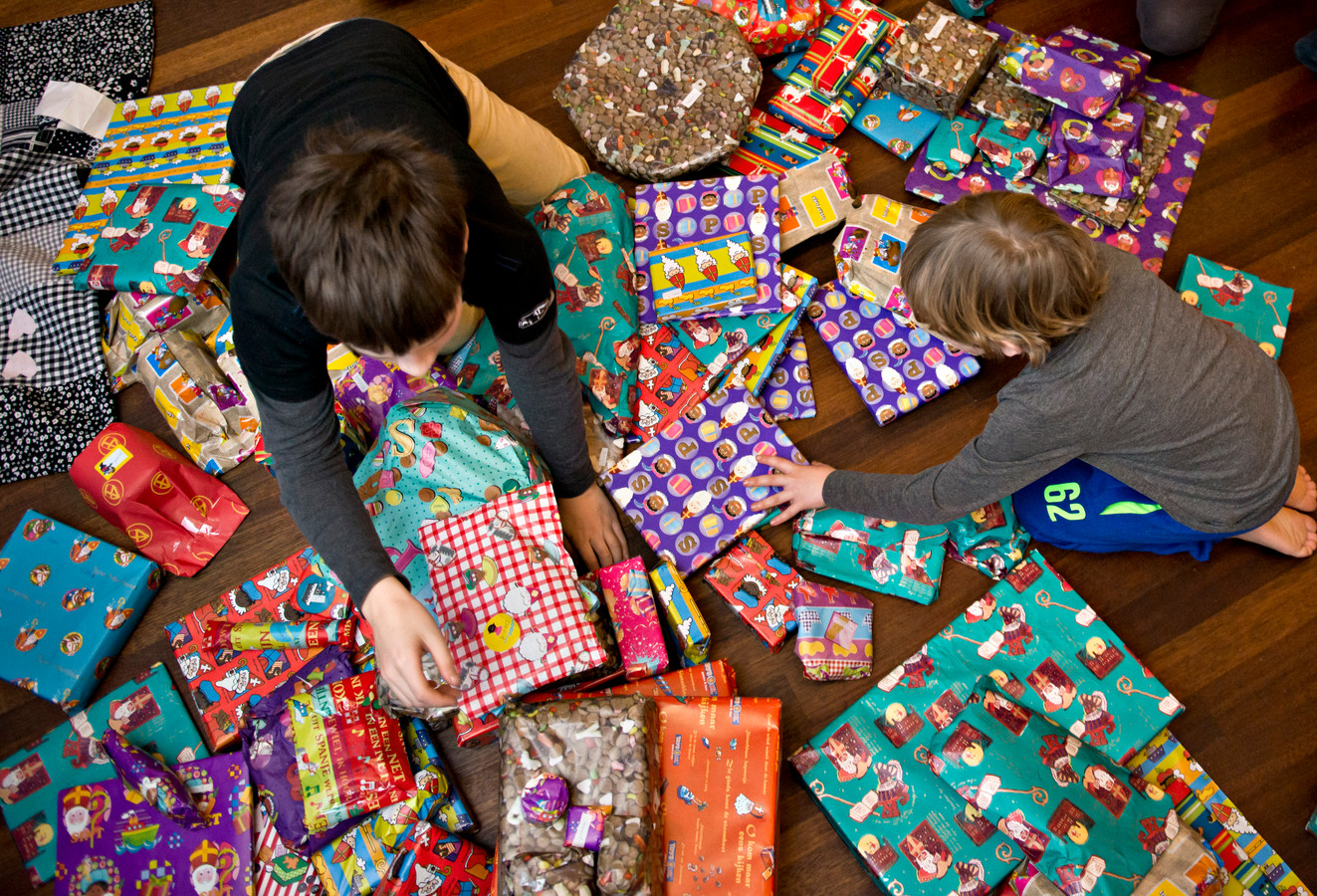
Is Sinterklaas a public holiday in the Netherlands?
While Sinterklaas is definitely a Dutch institution, it is sadly is not an official public holiday. Schools stay open and if you have a job, you will be expected to work. However, as it’s a pretty special day, schools normally close at midday, and many parents finish work early in order to go home and spend time with their children and families.

